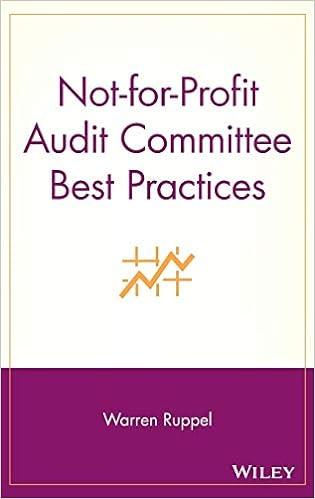Answered step by step
Verified Expert Solution
Question
1 Approved Answer
i am having trouble doing this question kindly help me. HE manufactures electronic subcomponents that be sold at the end of Process #1 or processed




i am having trouble doing this question kindly help me.
HE manufactures electronic subcomponents that be sold at the end of Process #1 or processed further, in Process #2, and then sold. Currently, the entire output of Process #1 can be sold at a price of $2.00 per unit. The output of Process #2 has in the past sold for $5.50 per unit; however, the price of this output has recently dropped to $5.10 (on average). On the basis of an analysis of the above cost and selling price information, as well as an analysis of market trend-data, the VP of Marketing has suggested that output from Process #2 should be curtailed whenever the price of its output falls below $4.50 per unit. The VP of Manufacturing has indicated that the total available capacity is interchangeable between the two processes. (That is, fixed manufacturing costs are largely independent of decisions regarding short-term product mix.) He recommends that, based on current prices, all sales should be from Process #2 output. His analysis follows: Data Output of Process 1 Output of Process 2 92 Selling price per unit $2.00 $5.10 Unit Costs: Direct Materials (DM) $1.00 $1.50 Direct Labor (DL) $0.20 $0.40 Manufacturing overhead $0.60 $1.20 Transferred-in variable costs from Process #1 (DM + DL) $0 $1.20 Operating income $0.20 $0.80 Direct materials (DM) and direct labor (DL) are variable costs. All manufacturing overhead costs are fixed and are allocated to units produced based on hours of capacity used. Total hours of capacity available are 600,000. The products are produced in batches of 60 units. Each batch of output from Process #1 requires 1 hour of processing, and two additional hours of processing per batch produced in Process #2 Total hours of capacity available = Batch size = Hours per batch, Process 1 = Add'I. processing time/batch, Process 2 = % variable overhead (Requirement 4) = Alternative selling price per unit, Process 2 = 600,000 60.00 units 1.00 hour 2.00 hours 50% $5.50 5. Sensitivity analysis: (a) Calculate the contribution margin per processing hour (to two decimal places) for both Process #1 output and Process #2 output under each of the following assumptions regarding the percentage of variable overhead cost: 0%, 25%, 50%, and 100%. Do these calculations both for a selling price of $5.10 per unit for Process #2 output and a selling price of $5.50 per unit. (b) What general conclusion can you draw on the basis of this sensitivity analysis? Part 5 P1 Process 2 selling price $5.10 P2 Change $8 P1 Process 2 selling price $5.50 P2 Change $0 % VOH 0% 25% 50% 100%Step by Step Solution
There are 3 Steps involved in it
Step: 1

Get Instant Access to Expert-Tailored Solutions
See step-by-step solutions with expert insights and AI powered tools for academic success
Step: 2

Step: 3

Ace Your Homework with AI
Get the answers you need in no time with our AI-driven, step-by-step assistance
Get Started


